Home>Home Appliances>Laundry Appliances>How To Tell If Washing Machine Transmission Is Bad


Laundry Appliances
How To Tell If Washing Machine Transmission Is Bad
Published: February 21, 2024
Learn how to identify signs of a bad washing machine transmission. Get expert tips on troubleshooting laundry appliances and ensuring optimal performance.
(Many of the links in this article redirect to a specific reviewed product. Your purchase of these products through affiliate links helps to generate commission for Storables.com, at no extra cost. Learn more)
Signs of a Bad Washing Machine Transmission
A washing machine is an essential appliance in any household, and a malfunctioning transmission can disrupt its smooth operation. Recognizing the signs of a bad washing machine transmission is crucial for timely intervention and preventing further damage. Here are the key indicators to watch out for:
-
Unusual Noises: A prominent sign of a failing transmission is the production of unusual noises during the washing cycle. If you notice grinding, squealing, or banging sounds emanating from the machine, it could indicate a problem with the transmission.
-
Difficulty in Agitation or Spin Cycles: A malfunctioning transmission may lead to issues with the agitation or spin cycles. If the washing machine struggles to agitate the clothes or experiences difficulty in spinning them dry, it could be a clear indication of transmission trouble.
-
Leaking Fluids: Another telltale sign of a bad washing machine transmission is the presence of leaking fluids, particularly oil, beneath the appliance. This could signify a leak from the transmission, indicating internal damage that requires immediate attention.
-
Inconsistent or Incomplete Washing: A faulty transmission can result in inconsistent washing performance, leaving some clothes inadequately cleaned or partially wet after the cycle. If you observe such irregularities in the washing results, it may point to transmission issues.
-
Unbalanced Loads: A malfunctioning transmission can lead to difficulties in maintaining the balance of the load during the washing process. If the machine frequently becomes unbalanced, causing excessive shaking or vibrating, it could be a sign of transmission-related problems.
-
Burning Smell: A burning odor emanating from the washing machine during operation can be indicative of a failing transmission. This smell may result from overheating components within the transmission, signaling potential mechanical issues.
Recognizing these signs of a bad washing machine transmission is essential for prompt diagnosis and resolution. By staying attentive to these indicators, homeowners can take proactive measures to address transmission problems and ensure the continued efficiency of their washing machines.
Key Takeaways:
- Signs of a Bad Washing Machine Transmission
If your washing machine makes weird noises, struggles to spin, leaks oil, or leaves clothes dirty, its transmission might be bad. Keep an eye out for these signs to catch problems early. - How to Diagnose a Faulty Washing Machine Transmission
To check if your washing machine’s transmission is bad, listen for strange noises, look for leaks, and watch for unbalanced loads. If you suspect an issue, consult the manual or call a professional for help.
Common Symptoms of a Failing Washing Machine Transmission
Identifying the common symptoms of a failing washing machine transmission is crucial for homeowners to address potential issues before they escalate. Understanding these indicators can help in timely diagnosis and necessary repairs, ensuring the smooth functioning of the appliance. Here are the key symptoms to watch out for:
-
Unusual Noises: One of the most prevalent signs of a failing washing machine transmission is the production of unusual noises during the washing cycle. These may include grinding, squealing, or banging sounds, indicating potential internal mechanical issues within the transmission.
-
Difficulty in Agitation or Spin Cycles: A malfunctioning transmission often leads to difficulties in the agitation or spin cycles of the washing machine. If the appliance struggles to effectively agitate the clothes or experiences challenges in spinning them dry, it is a clear indication of transmission-related problems.
-
Leaking Fluids: The presence of leaking fluids, particularly oil, beneath the washing machine is a significant red flag for a failing transmission. This indicates potential internal damage within the transmission, necessitating immediate attention to prevent further complications.
-
Inconsistent or Incomplete Washing: A faulty transmission can result in inconsistent washing performance, leaving some clothes inadequately cleaned or partially wet after the cycle. This inconsistency in washing results is a common symptom of transmission issues.
-
Unbalanced Loads: A failing transmission often leads to difficulties in maintaining the balance of the load during the washing process. If the washing machine frequently becomes unbalanced, causing excessive shaking or vibrating, it is indicative of potential transmission-related problems.
-
Burning Smell: The presence of a burning odor emanating from the washing machine during operation is a concerning symptom of a failing transmission. This smell may result from overheating components within the transmission, signaling potential mechanical issues that require immediate attention.
Recognizing these common symptoms of a failing washing machine transmission empowers homeowners to take proactive measures in addressing potential issues. By staying vigilant and promptly addressing these indicators, individuals can ensure the efficient and reliable performance of their washing machines, thereby extending the lifespan of the appliance and minimizing the need for extensive repairs.
How to Diagnose a Faulty Washing Machine Transmission
Diagnosing a faulty washing machine transmission is a critical step in addressing potential issues and ensuring the continued efficiency of the appliance. By recognizing the key indicators and performing systematic checks, homeowners can effectively assess the condition of the transmission. Here are the steps to diagnose a faulty washing machine transmission:
-
Observing Performance Issues: Start by observing the performance of the washing machine during a complete washing cycle. Pay close attention to any unusual noises, such as grinding, squealing, or banging sounds, which may indicate potential transmission problems. Additionally, note any inconsistencies in the agitation or spin cycles, as well as the overall washing results.
-
Checking for Leaks: Inspect the area beneath the washing machine for any signs of leaking fluids, particularly oil. The presence of such leaks can be a clear indication of a failing transmission, necessitating immediate attention to prevent further damage.
-
Assessing Load Balance: Observe the behavior of the washing machine during the spinning cycle. If the appliance frequently becomes unbalanced, leading to excessive shaking or vibrating, it could signify potential transmission-related issues. This imbalance may point to internal mechanical problems within the transmission.
-
Detecting Burning Smells: During the washing cycle, be attentive to any burning odors emanating from the washing machine. A burning smell can indicate overheating components within the transmission, signaling potential mechanical issues that require prompt diagnosis and resolution.
-
Consulting the User Manual: Refer to the user manual provided by the manufacturer for specific guidance on diagnosing transmission issues. The manual may contain troubleshooting tips and diagnostic procedures tailored to the particular model of the washing machine.
-
Seeking Professional Assistance: If the aforementioned checks reveal potential transmission problems, it is advisable to seek the expertise of a qualified appliance repair technician. Professional diagnosis and repair services can accurately assess the condition of the transmission and implement necessary repairs to restore the appliance's functionality.
By following these steps, homeowners can effectively diagnose a faulty washing machine transmission, enabling them to take proactive measures in addressing potential issues and ensuring the continued reliability of the appliance. Timely diagnosis and intervention can prevent further damage, prolong the lifespan of the washing machine, and minimize the need for extensive repairs.
If your washing machine is making loud noises, leaking oil, or not spinning properly, it could be a sign of a bad transmission. It’s best to have a professional technician inspect and repair it.
Steps to Determine If Your Washing Machine Transmission Is Bad
Diagnosing a potential issue with the washing machine transmission is essential for maintaining the appliance's functionality and preventing further damage. By following a systematic approach, homeowners can effectively determine if the washing machine transmission is experiencing problems. Here are the steps to assess the condition of the transmission:
-
Observation of Performance: Start by observing the washing machine during a complete washing cycle. Pay close attention to any unusual noises, such as grinding, squealing, or banging sounds. These noises can indicate potential transmission issues and should be noted for further assessment.
-
Inspection for Leaks: Check the area beneath the washing machine for any signs of leaking fluids, particularly oil. The presence of such leaks can be a clear indication of a failing transmission, necessitating immediate attention to prevent further damage.
-
Assessment of Load Balance: During the spinning cycle, observe the behavior of the washing machine. If the appliance frequently becomes unbalanced, leading to excessive shaking or vibrating, it could signify potential transmission-related issues. This imbalance may point to internal mechanical problems within the transmission.
-
Detection of Burning Smells: Be attentive to any burning odors emanating from the washing machine during operation. A burning smell can indicate overheating components within the transmission, signaling potential mechanical issues that require prompt diagnosis and resolution.
-
Consultation of User Manual: Refer to the user manual provided by the manufacturer for specific guidance on diagnosing transmission issues. The manual may contain troubleshooting tips and diagnostic procedures tailored to the particular model of the washing machine.
-
Professional Assessment: If the aforementioned checks reveal potential transmission problems, it is advisable to seek the expertise of a qualified appliance repair technician. Professional diagnosis and repair services can accurately assess the condition of the transmission and implement necessary repairs to restore the appliance's functionality.
By following these steps, homeowners can effectively determine if their washing machine transmission is experiencing issues. Timely diagnosis and intervention can prevent further damage, prolong the lifespan of the washing machine, and minimize the need for extensive repairs.
Troubleshooting a Faulty Washing Machine Transmission
When faced with a faulty washing machine transmission, troubleshooting the issue is essential to identify the root cause and implement necessary repairs. By following a systematic approach, homeowners can effectively address potential transmission problems and restore the appliance's functionality. Here are the key steps to troubleshoot a faulty washing machine transmission:
-
Diagnostic Assessment: Begin by conducting a comprehensive diagnostic assessment of the washing machine. This involves observing the appliance during a complete washing cycle, paying close attention to any unusual noises, inconsistent agitation or spin cycles, and the overall washing performance. These observations provide valuable insights into the specific transmission issues that may be present.
-
Fluid Leak Inspection: Check for any signs of leaking fluids, particularly oil, beneath the washing machine. The presence of such leaks indicates internal damage within the transmission and necessitates immediate attention. Identifying and addressing the source of the fluid leak is crucial in preventing further damage to the transmission components.
-
Load Balance Evaluation: During the spinning cycle, assess the behavior of the washing machine to determine if it frequently becomes unbalanced, leading to excessive shaking or vibrating. An imbalance in load distribution can be indicative of potential transmission-related issues, requiring further investigation to identify the underlying mechanical problems.
-
Odor Detection: Be attentive to any burning odors emanating from the washing machine during operation. A burning smell signifies potential overheating within the transmission components, indicating mechanical issues that need to be promptly addressed. Identifying the source of the burning odor is crucial for mitigating potential damage to the transmission.
-
User Manual Reference: Refer to the user manual provided by the manufacturer for specific guidance on troubleshooting transmission issues. The manual may contain detailed instructions and diagnostic procedures tailored to the particular model of the washing machine, aiding in the systematic identification of transmission problems.
-
Professional Consultation: If the troubleshooting steps reveal potential transmission issues, it is advisable to seek the expertise of a qualified appliance repair technician. Professional assessment and repair services can accurately diagnose the condition of the transmission and implement the necessary repairs to restore the appliance's functionality.
By systematically troubleshooting a faulty washing machine transmission, homeowners can effectively identify and address potential issues, ensuring the continued reliability and efficiency of the appliance. Timely intervention and necessary repairs can prevent further damage, prolong the lifespan of the washing machine, and minimize the need for extensive transmission-related repairs.
Frequently Asked Questions about How To Tell If Washing Machine Transmission Is Bad
Was this page helpful?
At Storables.com, we guarantee accurate and reliable information. Our content, validated by Expert Board Contributors, is crafted following stringent Editorial Policies. We're committed to providing you with well-researched, expert-backed insights for all your informational needs.


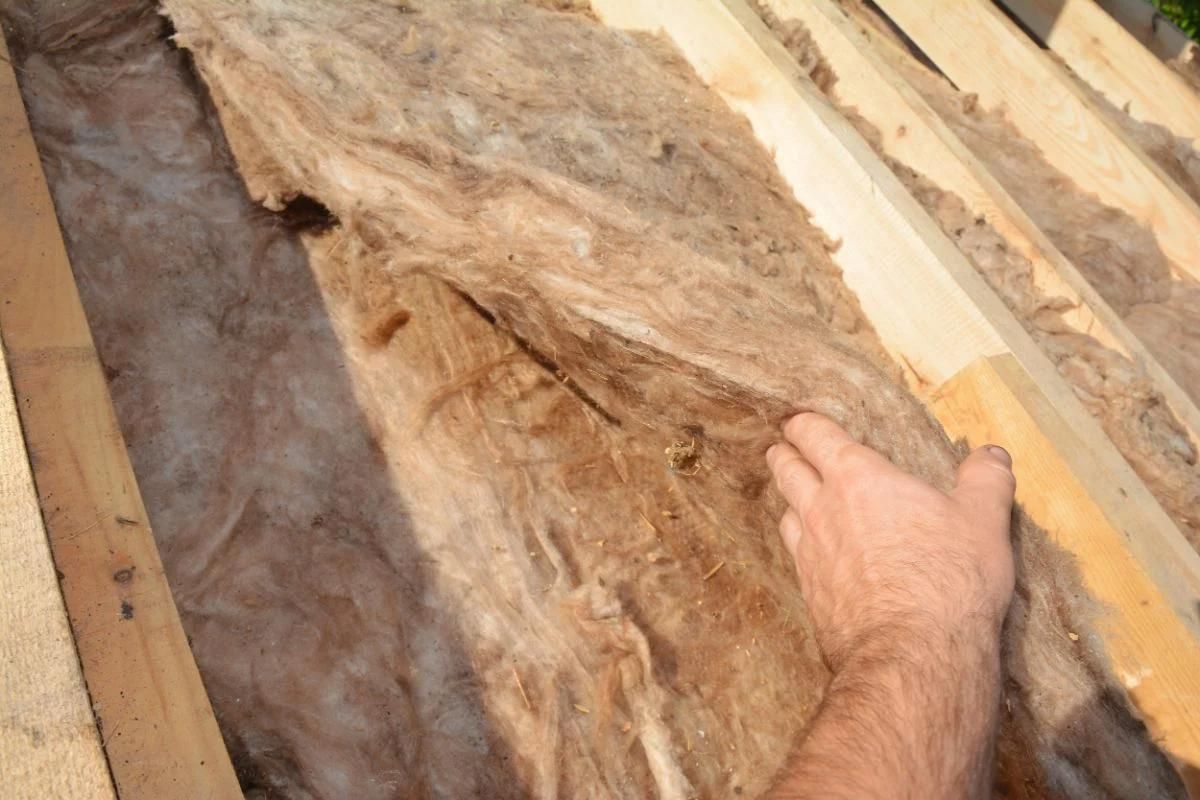


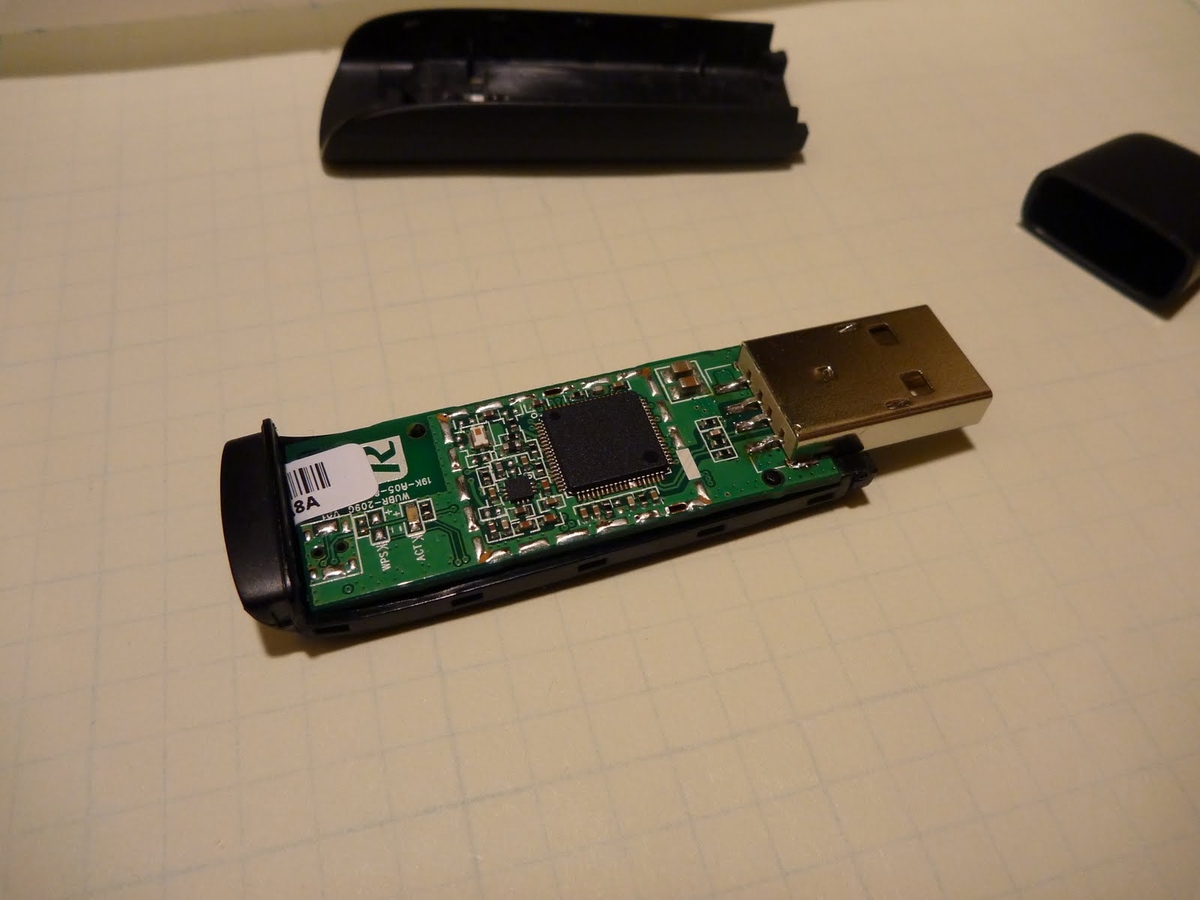
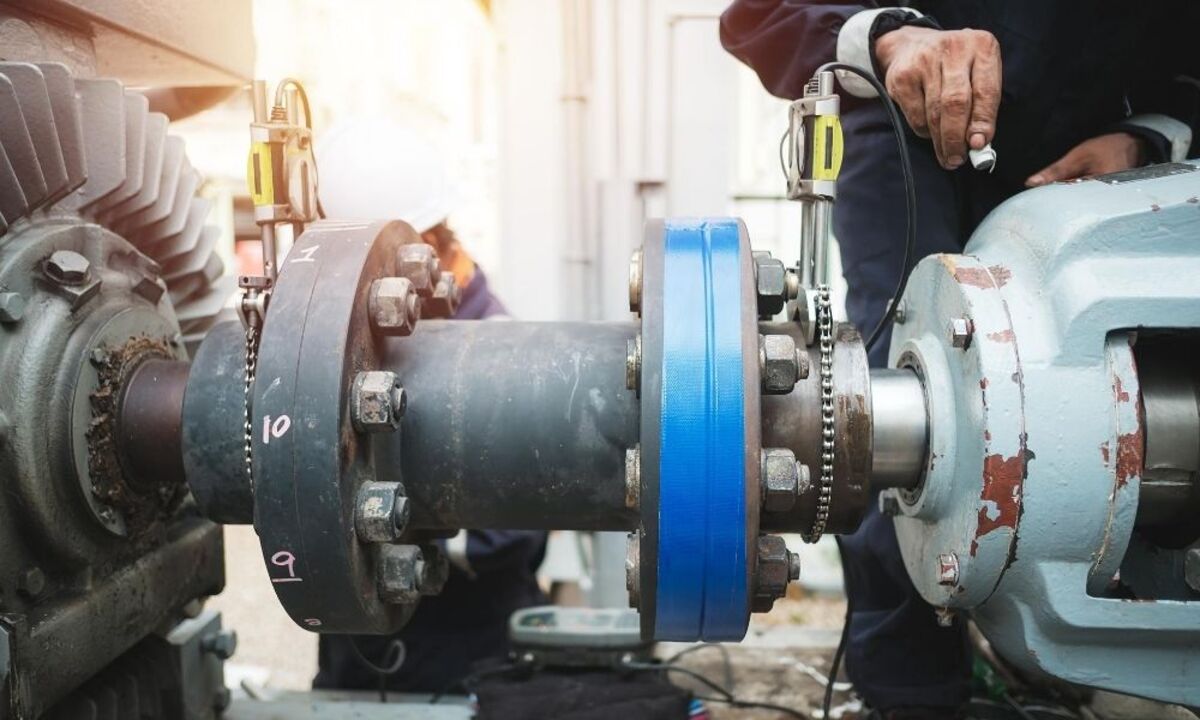


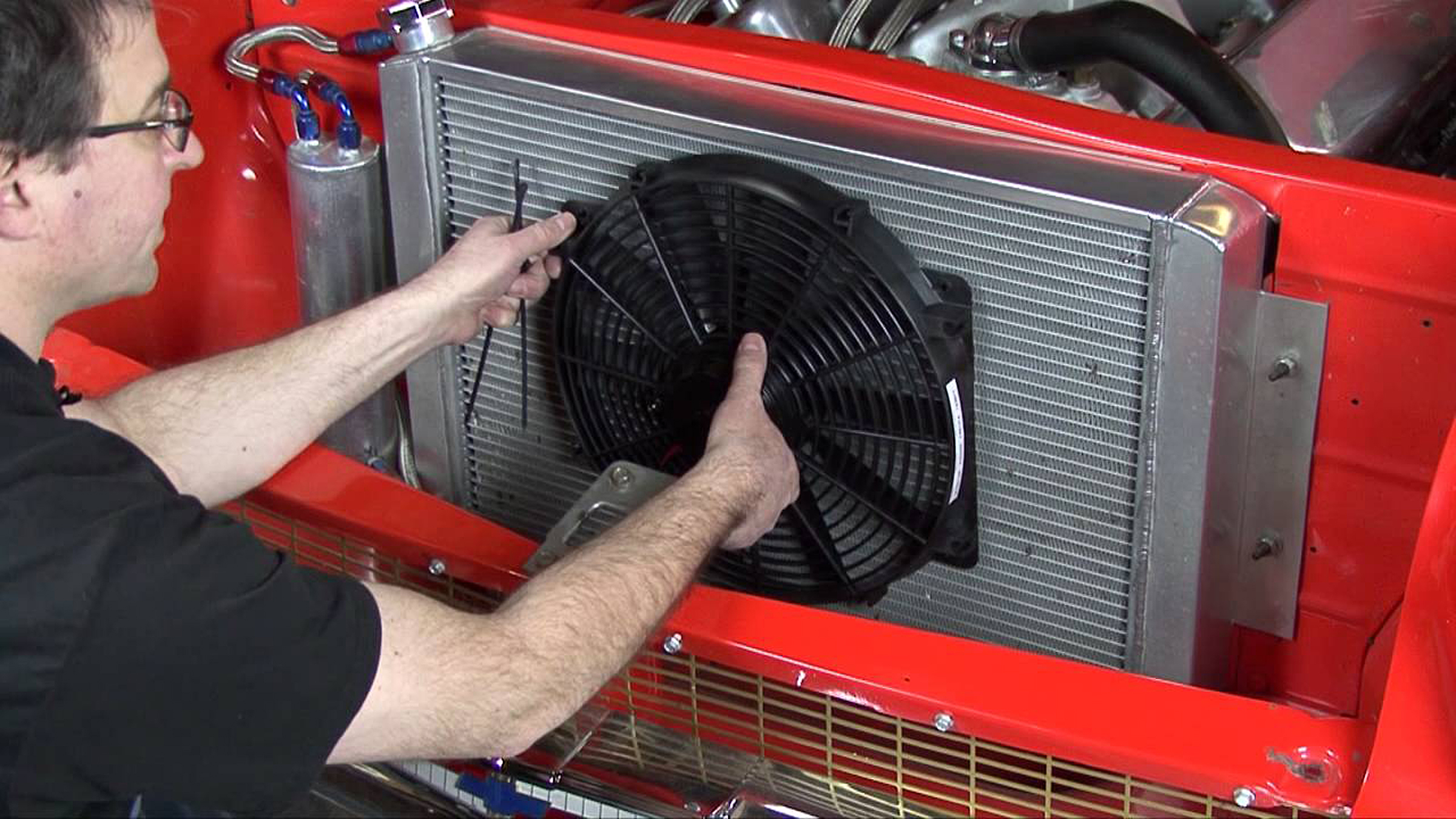
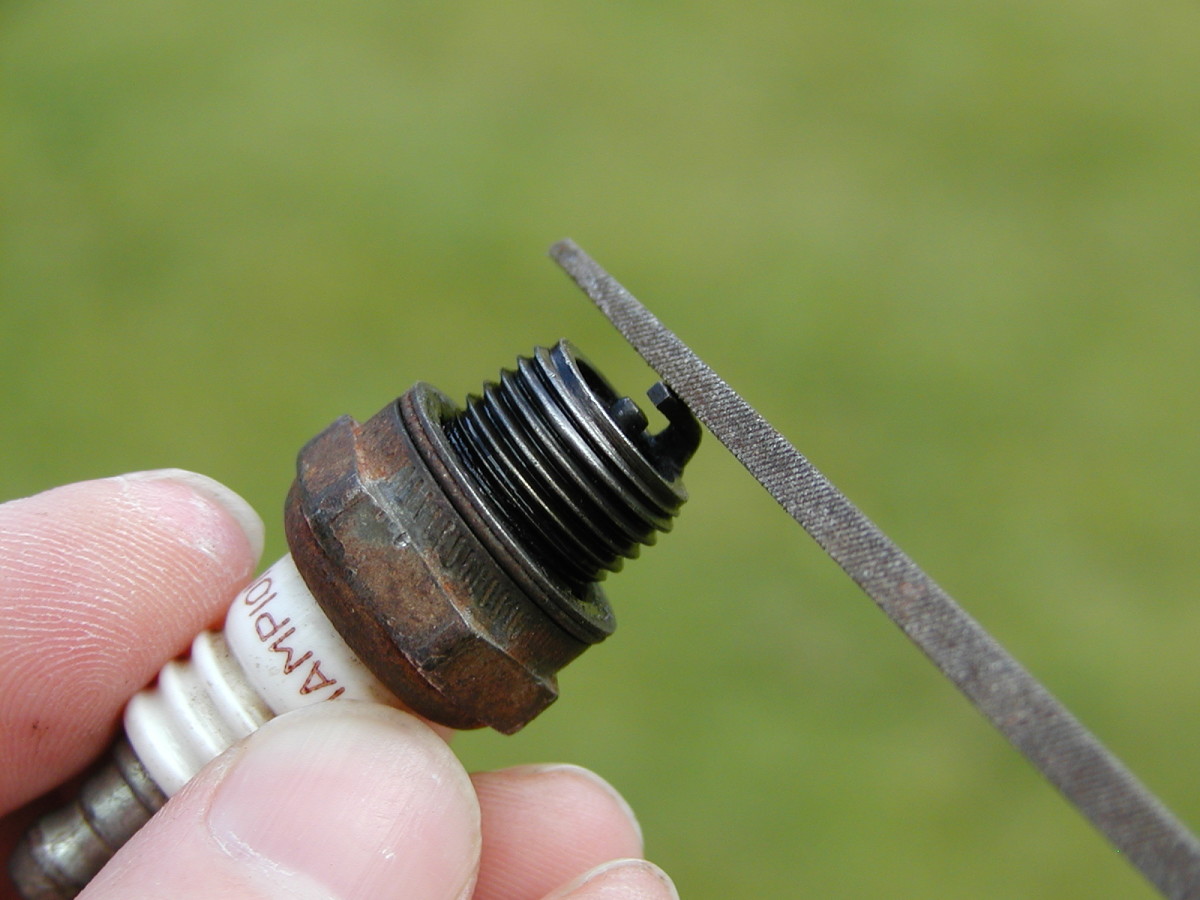

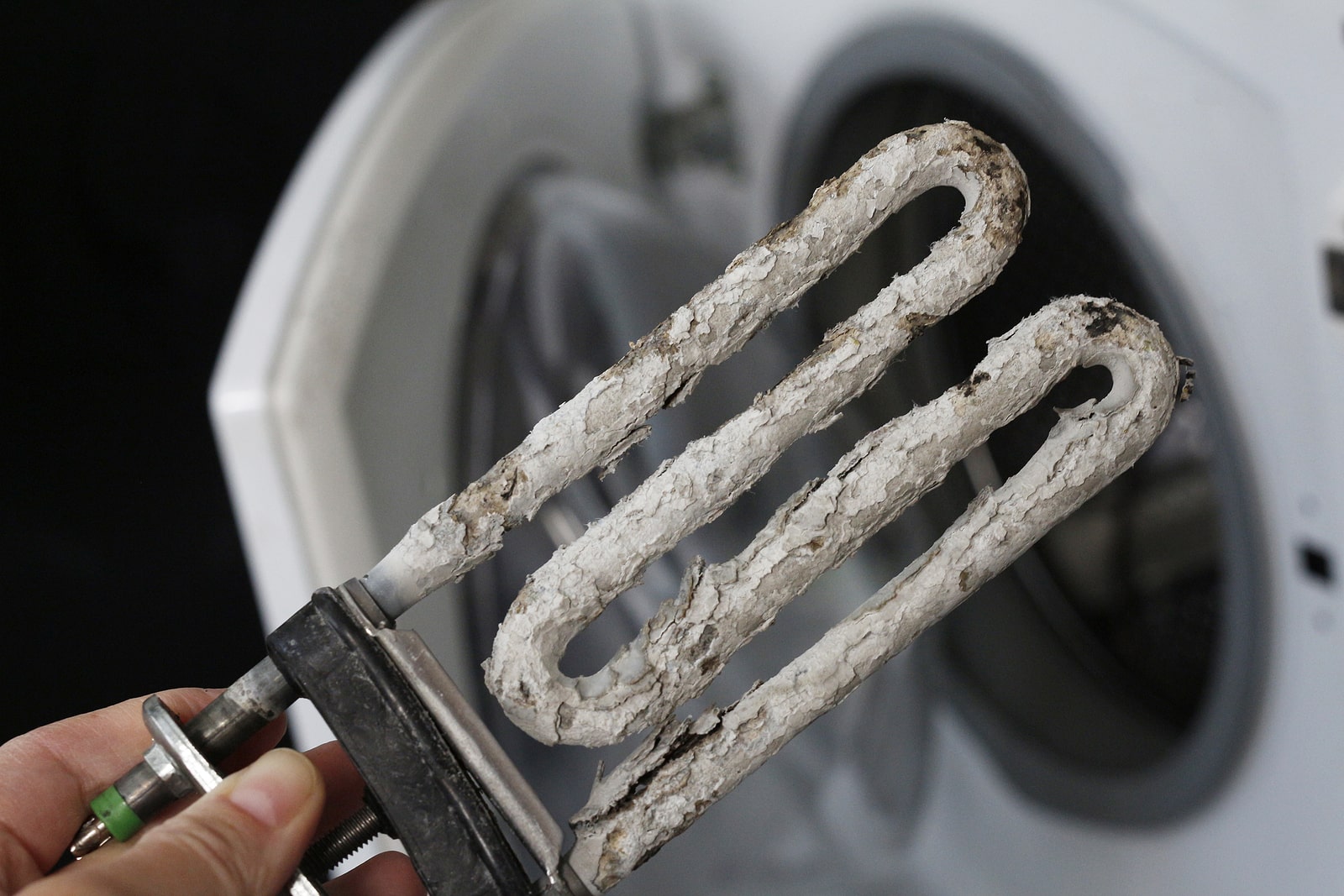

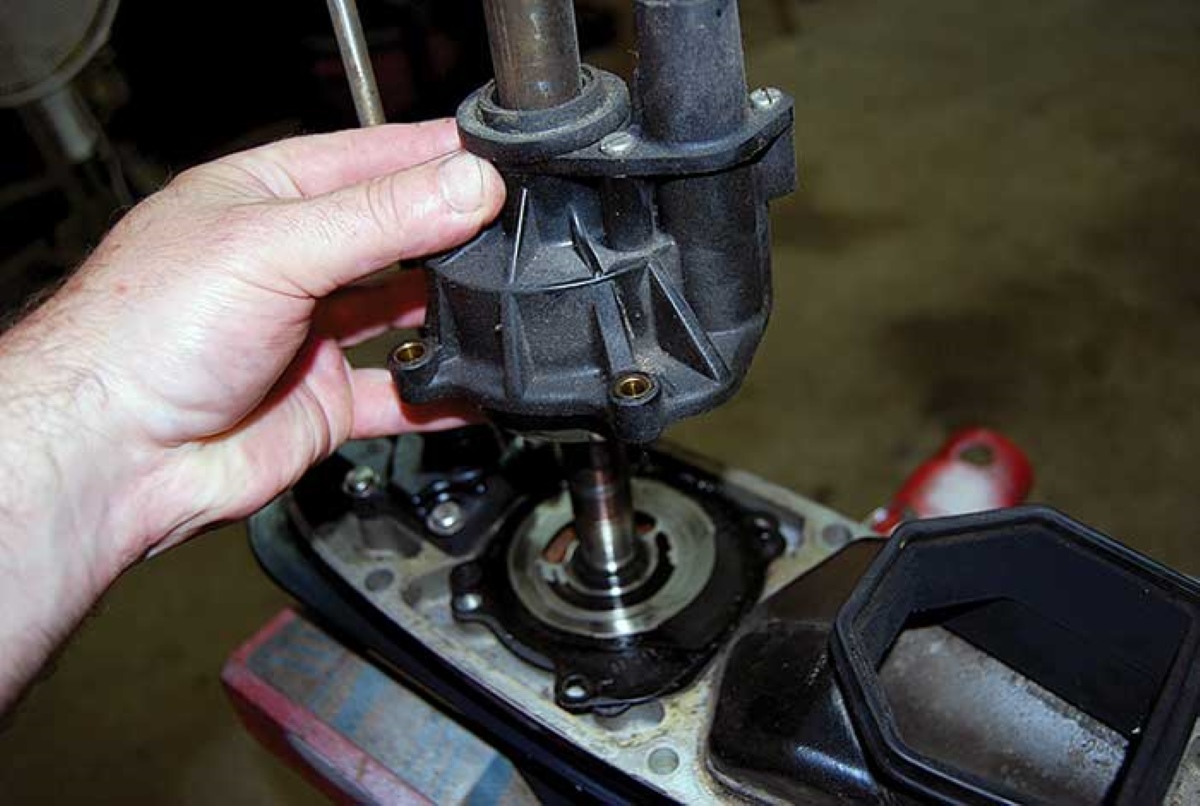

0 thoughts on “How To Tell If Washing Machine Transmission Is Bad”